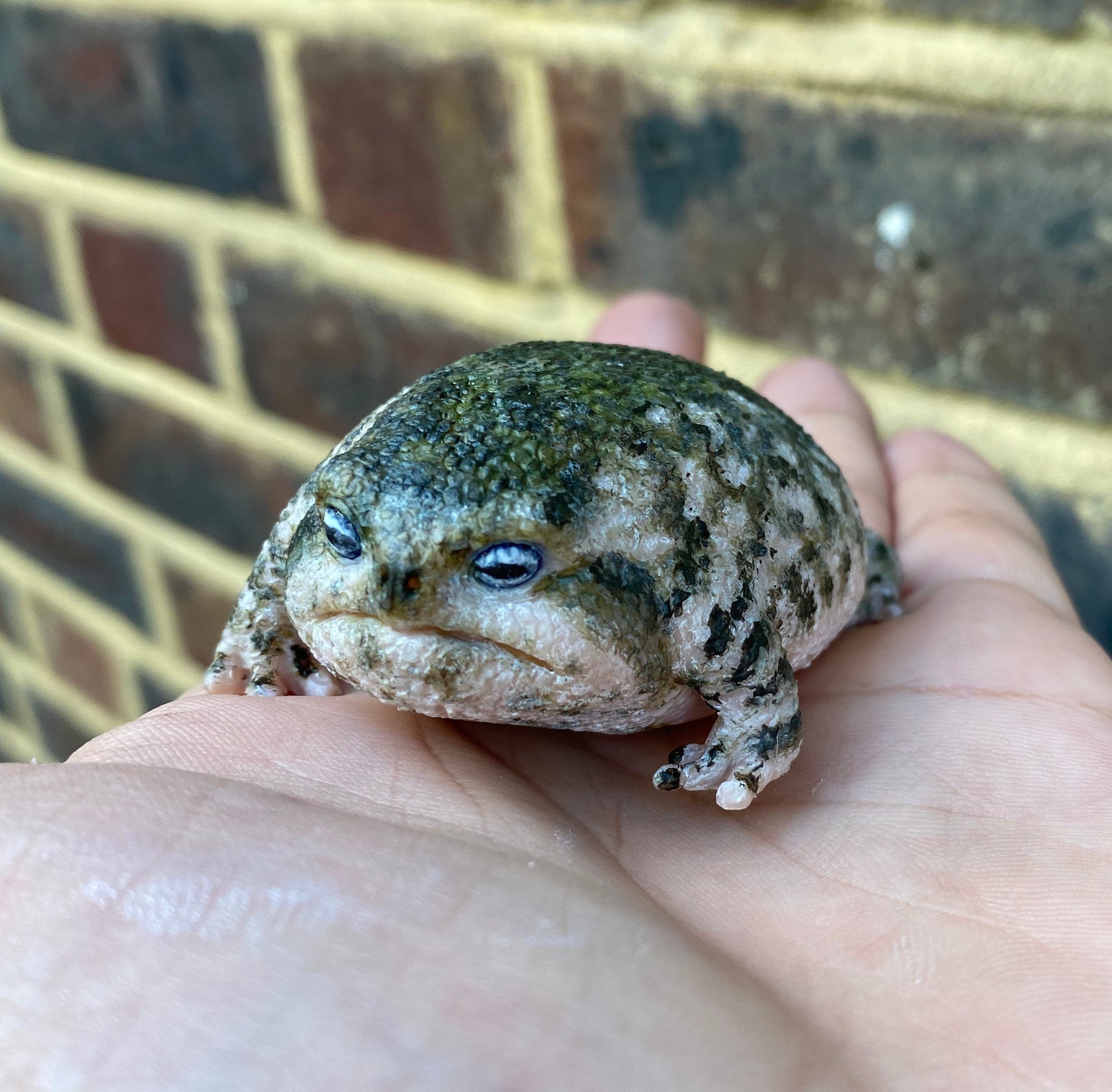Rain Frog for Sale: Unlock the Appeal of Nature with Your Own Amphibian Buddy!
Rain Frog for Sale: Unlock the Appeal of Nature with Your Own Amphibian Buddy!
Blog Article
The Most Effective Reptile Enclosures: Exactly How to Produce the Ideal Habitat
Producing the perfect environment for reptiles is not almost positioning them in a container or enclosure; it includes a thoughtful factor to consider of different aspects that add to their total health. From the dimension of the unit to the sort of substratum made use of, every aspect plays an important role in providing a setting where your reptile can grow. By recognizing the specific requirements of your reptile types and executing the best habitat setup, you can ensure their health and happiness in captivity.
Choosing the Right Enclosure Dimension
When selecting a room dimension for reptiles, it is critical to consider their all-natural actions and room requirements to ensure their well-being and health and wellness. Different reptile varieties have varying demands when it concerns environment room. Arboreal types like chameleons or tree snakes need vertical room for climbing and perching, while earthbound varieties such as bearded dragons or leopard geckos require even more flooring space for exploring and thermoregulation. Marine turtles like red-eared sliders necessitate enclosures with both water and acreage for swimming and basking.
A general regulation of thumb is to supply ample area for the reptile to exhibit all-natural habits, such as basking, hiding, climbing up, and foraging. By thoroughly considering the details demands of the reptile types in inquiry, proprietors can produce an ideal and enhancing habitat that advertises overall well-being and motivates all-natural actions.
Establishing Appropriate Heating Elements
To ensure the wellness and health of reptiles in their enclosures, it is important to very carefully set up appropriate heating components. When setting up home heating elements in a reptile enclosure, it is critical to consider the details temperature level demands of the types you are caring for.
One usual and effective heating aspect for reptile units is a heat light or ceramic warm emitter. These warmth sources can be utilized to develop a temperature level gradient within the enclosure, permitting reptiles to move in between warmer and cooler areas as needed. Additionally, under-tank hot pad or warm mats can be utilized to provide tummy heat, which is particularly helpful for reptiles that require extra warmth to assist in food digestion.
Monitoring the temperature within the enclosure making use of a thermostat is important to guarantee that the heating components are maintaining the ideal temperature level array for your reptile. On a regular basis examine and change the home heating aspects as needed to produce a healthy and balanced and comfortable atmosphere for your scaly close friend.
Selecting Appropriate Lights Fixtures

Giving the Suitable Substratum
Picking the proper substratum is crucial for producing a comfortable and suitable environment for reptiles in their enclosures. Some reptiles, such as desert-dwelling websites species like bearded dragons, grow on substrates like calcium sand or reptile rug, while others, like sphere pythons, favor coconut husk or aspen bed linen to maintain humidity degrees.
In addition, the size of the reptile must likewise affect your selection of substrate, as hatchlings may call for a better material to stop ingestion. Prevent substrates that can cause impaction, such as loose substrates like sand or crushed rock, especially for reptiles understood to ingest their bedding. Consistently cleansing and changing the substrate is crucial to make sure a clean and hygienic environment for your reptile. By picking the optimal substratum, you can add to the total health and wellness and health of your flaky companion.
Decorating for Enrichment and Comfort
Taking into consideration the substrate's duty in providing a structure for all-natural habits and maintaining an ideal environment, improving the reptile enclosure with proper decors is vital for both enrichment and convenience. When decorating the enclosure, it is important to take into consideration the reptile's species-specific requirements and actions to produce a room that advertises psychological and physical health. By integrating a variety of decors that imitate the reptile's all-natural habitat, owners can ensure their family pet's convenience and boost their all-natural impulses, ultimately leading to a happier and healthier reptile.
Conclusion

Developing the perfect habitat for reptiles is not just about placing them in a storage tank or enclosure; it involves a thoughtful consideration of numerous elements that contribute to their overall well-being.Choosing the ideal substrate is necessary for producing a appropriate and comfortable atmosphere for reptiles in their units. Some reptiles, such as desert-dwelling varieties like bearded dragons, thrive on substrates like calcium sand or reptile carpet, while others, like round pythons, like coconut husk or aspen bedding to maintain moisture degrees.
By including a selection of decors that imitate the reptile's natural habitat, owners can ensure their animal's comfort and boost their natural instincts, eventually leading to a happier and much healthier reptile.
In conclusion, producing the suitable environment for reptiles includes picking the proper room size, home heating elements, lighting fixtures, substratum, and decors.
Report this page